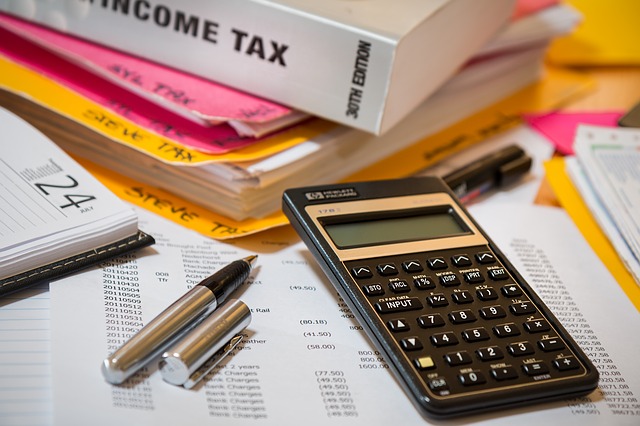Making Tax Digital: A Guide for Landlords
Published on July 31, 2021 by Sarah Mac

Making Tax Digital (MTD) for landlords is something that’s been on the horizon for some time now, but soon it will be time for buy-to-let landlords turning over £10,000 per year plus to begin reporting tax quarterly, and filing online.
From 6 April 2023, landlords will need to be ready for the new regime. Whilst this is a little way off yet, there is a fair amount of preparation that needs to be done, so now is a good time to start gearing up. Here is what you need to be doing as a landlord to prepare for Making Tax Digital so that you are ready to roll as the changes come in.
What is Making Tax Digital for landlords?
Landlords and other investors with an annual turnover of £10,000 or more from property will need to begin reporting their turnover on a quarterly basis, and filing their tax returns online. In advance of 6 April 2023, there is much preparation to be done, not least having special MTD software in place that works alongside HMRC’s online systems.
Whilst you can continue using your spreadsheets if that is your preference, you will still need to maintain digital records of your income and expenditure, and share them with HMRC four times a year via your digital tax account. This means you will be working out your tax as you go along, which in theory should be beneficial for cash flow and budgeting.
At the end of the year, in place of sending in your Self-Assessment tax return or limited company tax return, you instead sign a declaration that your quarterly returns are accurate. You will then need to pay any tax due by the appropriate date.
For those landlords who are VAT registered and turning over more than £85,000 annually, MTD is already in operation. From 2022, MTD for VAT will apply regardless of turnover.
If you turnover less than £10,000 from property, then there will be no need to set up a digital account. If you are renting to lodgers in your own home under the Rent a Room Scheme, then you will also be exempt. Most landlords however will be subject to the new regime, although those who are unable to file digitally due to being located in a remote area or due to a disability may be relieved of the responsibility.
What is a digital tax account?
Through a digital tax account, you can access to all of your personal and business tax information. The account sits on a secure government portal, which will also store some of your personal and business information. You can allow you accountant access if you wish, but they won’t see everything that you can see.
The information you will need to share via your digital account will include the amount of rent you take on a monthly basis, your expenses, and any percentage that’s offset for personal use, together with invoice dates. You won’t need to upload receipts and invoices, but you’ll still need to keep them by law for six year from the date the related tax return was filed, just in case of any query from HMRC.
If you operate as a partnership then you can use a single digital tax account. But you will need to use MTD compatible software that is advanced enough to record the individual partners’ details and profit share. You can also use a single account to record income and expenditure across more than one property.
Is MTD beneficial to landlords?
Because you are updating your income and expenditure on an ongoing basis, you will be able to see a snapshot of how your buy-to-let investment is performing. You’ll see what you are earning, and how much you are spending. In other words, all the guesswork is set aside in place of real time information.
One of the main benefits is that you will be able to avoid the time-consuming and often last minute annual Self-Assessment Tax Return, because you will be in control year-round. Keeping on top of expenses will also help you plan cash flow, and see at a glance whether you have funds available for new investments and opportunities.
With the MTD software, it is straightforward to share information with your accountant and property management agent digitally. There’s also the bonus of knowing in advance what your tax bill is going to be, so there are no last minute surprises.
What if landlords don’t comply with MTD?
From 6 April 2023, everyone, not just landlords, will have to have a digital tax account if they are due to pay tax.
There is a one month grade period following the end of each quarter to submit the necessary MTC information. The end of year declaration that all quarterly submissions are correct is required by 31 January following the end of the corresponding tax year.
Failure to comply with MTD, such as late filing, will lead to penalty points which will accumulate to a stage where a financial penalty will be imposed. Late payment penalties will also be levied after 15 days, doubling after 30 days, with charges accumulating daily. Interest will be charged on outstanding amounts from the due date.
What should landlords do NOW to prepare for Making Tax Digital?
Landlords can sign up for MTD now on the government’s website. Compatible software must be ready to go, and you’ll need your National Insurance number to hand as well, plus your Unique Tax Reference Number which you’ll find on your last tax bill.
You’ll also need a Government Gateway user ID and password. If you already have one for filing your Self-Assessment tax you can use that, or alternatively you can create a new one.
You can learn more about MTD for landlords on the government website.

